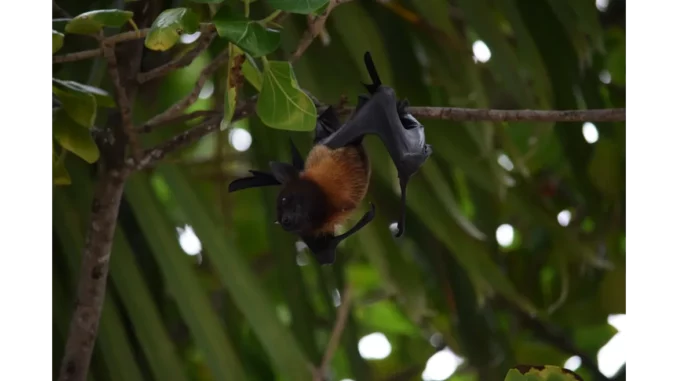
Emily Thompson recently had the pleasure of sitting down with Mark, an industry expert with over two decades of experience in wildlife conservation. Mark’s insights into the importance of bat surveys in the UK provided a comprehensive look at why these surveys are crucial for developers and the broader ecosystem.
Learn how Focus360 Energy supports Environmental Impact Assessments.
As we sipped our coffee in a cosy London café, Mark began by explaining the legal landscape that underpins the necessity of bat surveys. “In the UK, bats are highly protected under several pieces of legislation,” he said. The Wildlife and Countryside Act 1981 and the Conservation of Habitats and Species Regulations 2017 are two critical laws. “These laws make it illegal to intentionally capture, kill, injure, or disturb bats,” Mark emphasised. This protection extends to their roosts, even if the bats are not present at the time.
I asked Mark to elaborate on the significance of these laws for developers. “Ignoring the presence of bats can have severe legal consequences,” he noted. Developers are required to obtain a licence from Natural England before any work can begin that might affect bats or their habitats. This is not just a bureaucratic hurdle; it’s a fundamental step to ensure the conservation of bat populations, which are declining in some areas.
Mark pointed out that the legal requirements are backed by the European Union’s Habitats Directive. “This directive obliges member states to maintain or restore populations of protected species, including bats, at a favourable conservation status,” he explained. The directive provides an overarching framework that reinforces the importance of bat conservation across Europe.
The conversation then shifted to the practical aspects of bat surveys. “A bat survey is an essential tool for developers,” Mark said. These surveys help identify the presence of bats and their roosts on a site, allowing developers to plan accordingly. “It’s not just about compliance; it’s about being a responsible steward of the environment,” he added.
Mark described how a typical bat survey is conducted. “There are two main types of surveys: preliminary roost assessments and activity surveys,” he said. The preliminary assessment involves inspecting buildings and trees for potential roosting sites, while the activity survey monitors bat activity at dusk and dawn. “These surveys provide a comprehensive picture of bat presence and behaviour,” he noted.
I was curious about the benefits of these surveys beyond legal compliance. “Bat surveys can actually save developers time and money in the long run,” Mark said. By identifying potential issues early on, developers can avoid costly delays and redesigns. “It’s a proactive approach that benefits everyone,” he added.
Mark also highlighted the broader ecological benefits of protecting bats. “Bats play a crucial role in our ecosystems,” he explained. They help control insect populations, pollinate plants, and disperse seeds. “By ensuring their protection, we’re also safeguarding the health of our environment,” he said.
As our conversation drew to a close, Mark offered some advice for developers. “Engage with qualified ecologists early in the planning process,” he recommended. This ensures that any potential issues can be identified and addressed before they become significant obstacles. “It’s about integrating ecology into the heart of your project,” he concluded.
Our chat with Mark provided a clear and compelling case for the importance of bat surveys. These surveys are not just a legal requirement but a crucial step in sustainable development. By understanding and respecting the role of bats in our ecosystems, developers can contribute to a healthier environment while also ensuring the smooth progress of their projects.
In a world where development and conservation often seem at odds, bat surveys offer a way to harmonise these interests. As Mark so eloquently put it, “Protecting bats is about protecting our future.” And in that future, both developers and wildlife can thrive together.
Find out more at Focus360


Be the first to comment